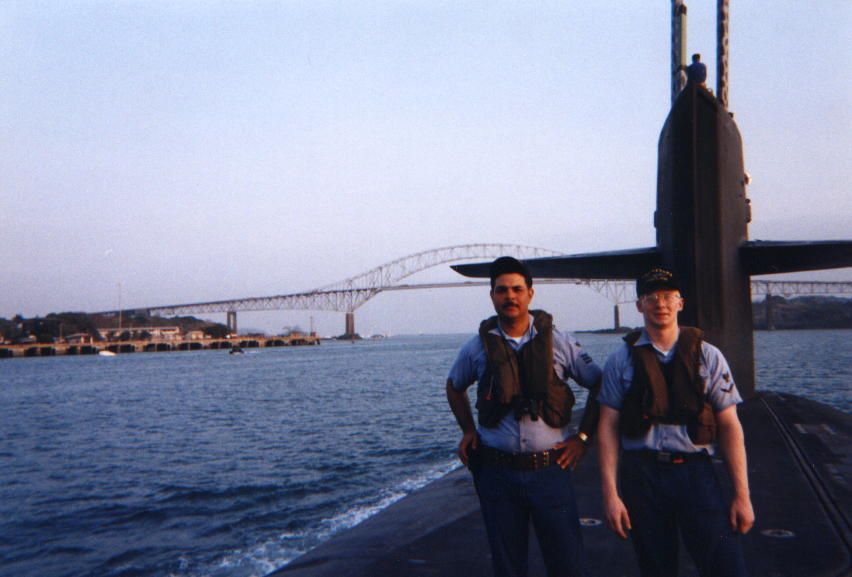Hi all,
I'm in a group of undergrad engineering students who've been given the task of designing and building a 345mm length submarine which runs on a CO2 canister. We have chosen an oscillating CO2 engine as the power-plant and it runs to a prop. We've modeled the initial designs on 3D modelling software but we are having issues on the maths side of things. How can we calculate the rpm of the crank and how can we select appropriate gearing so we get good acceleration but don't effectively do a burnout. Any equations or other help would be gratefully received.
Thanks,
Alex
I'm in a group of undergrad engineering students who've been given the task of designing and building a 345mm length submarine which runs on a CO2 canister. We have chosen an oscillating CO2 engine as the power-plant and it runs to a prop. We've modeled the initial designs on 3D modelling software but we are having issues on the maths side of things. How can we calculate the rpm of the crank and how can we select appropriate gearing so we get good acceleration but don't effectively do a burnout. Any equations or other help would be gratefully received.
Thanks,
Alex






